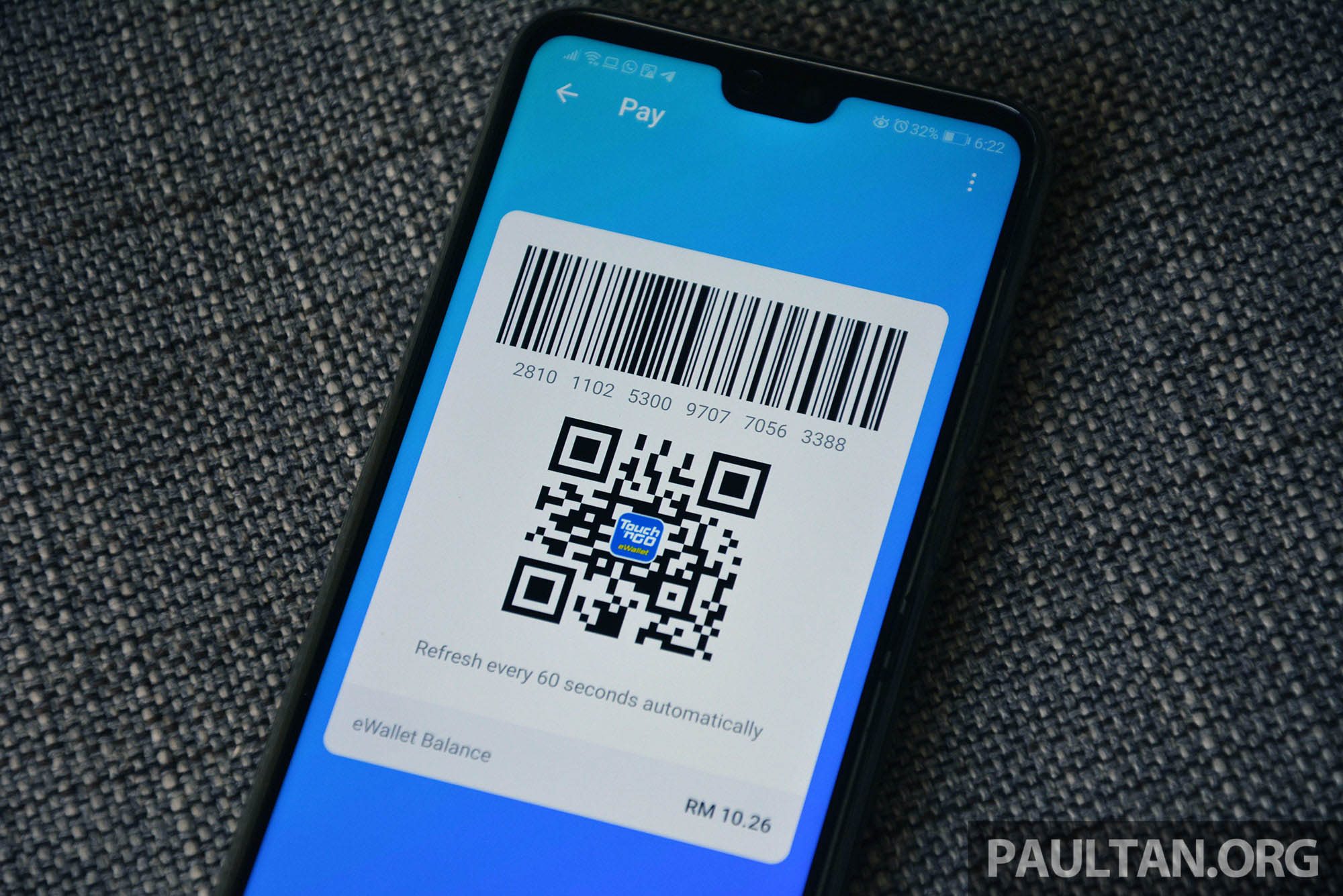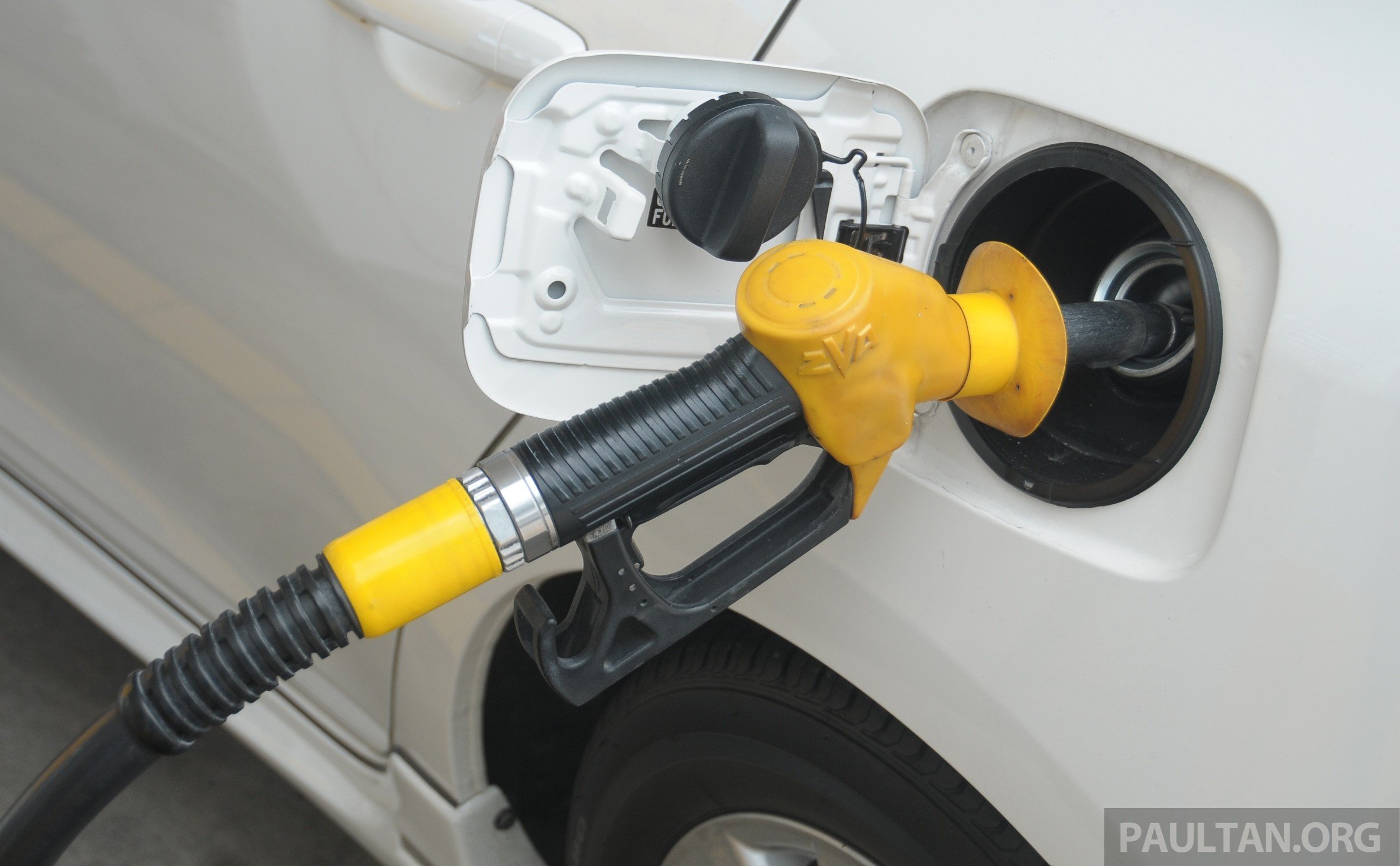Budget 2025 saw prime minister and finance minister Datuk Seri Anwar Ibrahim announce that beginning mid-2025 – which can you believe is only half a year away – subsidies for RON 95 petrol will be targeted, meaning only those who deserve it will enjoy the subsidised price (currently RM2.05 per litre), and those who don’t will have to pay market price (currently RM2.76 per litre, based on Double Petrol‘s present rate).
Since Anwar said this development would not affect 85% of Malaysians, over the following weeks there have been plenty of suggestions and debate from various quarters on who should not deserve it.
But before we can even begin to define the T15 wage class (top 15% earners) – RM12k? RM13k? RM15k? RM30k even? Gross or net income? – there’s even talk of T10 and T5 as possible cut-off points for the RON 95 subsidies which have been enjoyed by all Malaysians for some 40 years.
That’s the ‘who?’ question. The more difficult question is ‘how?’ The RON 95 user base is certainly larger than that of diesel, for which subsidies have been targeted since June. And while diesel is, to a considerable extent, the main fuel of the commercial sector, there is no clear sector segregation possible for RON 95 petrol – it’s the fuel of the people.
In this article, we look at the three main ‘how?’ mechanisms that have been publicly suggested, discuss the pros and cons of each, and highlight yet-unanswered questions.
Monthly credit into bank or e-wallet

Under this mechanism, everyone pays the same unsubsidised price at the pump, but only the eligible will get a certain pre-determined amount credited into their bank or e-wallet accounts monthly. This system is similar to what’s used for the diesel subsidy rationalisation, although for diesel the disbursement just goes to bank accounts, and not e-wallets.
Pros
On the face of it, this looks like the easiest to implement. There would be no need to set up terminals at petrol stations across the country nor gateways for subsidised and unsubsidised pricing.
Besides saving the costs for setting these up, there are also no worries about internet, or lack thereof, in remote areas (which would be required for a MyKad-based system, more below) nor potential delays in setting the correct subsidised/unsubsidised prices at pumps. If you are a Grab or taxi driver, or have a company fleet, it’s easier for you to manage your costs too.
Cons
Assuming the question of who dapat and who tak dapat is answered (it would have to be pre-decided through a different system, as it cannot be determined at the pump via this mechanism), you would still need to submit your bank or e-wallet details to the government, and the large number of RON 95 users would certainly crash a government-run application website.
A ‘certain pre-determined amount’ implies a fixed amount. What if I pump more this month and less next month, or my friend buys less petrol than me but gets the same credited amount as me every month? If it’s not a fixed amount, it has to then be based on how much RON 95 one pumps in that month. The idea of petrol stations all across the country reporting to the government how much petrol each eligible individual buys every month sounds, at the very best, impractical.
Unsubsidised, the price of RON 95 floats according to market conditions. It’s RM2.76 per litre at the time of writing, but if it drastically goes up or down, the monthly assistance amount would surely need to be revised. As mentioned, it’s RM200 for diesel, which fuels (in the private sector) cars or pick-up trucks, but with RON 95, we have plenty of bikes too. Should bikers get the same amount as drivers, say RM200 a month?
Plus, with the full subsidy assistance credited into an individual’s account every month, who’s to say he or she won’t just spend the ‘extra cash’ and still end up complaining about costly fuel?
And since everyone pays the same unsubsidised RON 95 price at the pumps, there’s the risk that businesses may use this price jump as an excuse to jack up their prices, leading to high inflation.
MyKad-based two-tier pricing at the pumps

Under this system, you would need your MyKad to pump petrol. You would pay the subsidised rate if you are eligible, and the full market price if you are not. This would require MyKad terminals to be set up at petrol stations nationwide and as gateways for subsidised and unsubsidised prices.
Pros
Until we are ready for a multi-tiered system where there are a few subsidy tiers, it seems that a two-tier system (you either get full subsidy or none) is the way to start. This system ensures you receive the right amount of subsidy for how much you pump. There is no need to set up an online application portal; neither are there issues with fluctuating market prices, because you either pay the subsidised or the market rate, whatever these may be from time to time.
The government would also get clearer data on how much subsidy assistance is being used, where and by whom, which could be useful for future revisions of targeted fuel subsidies. No worries too regarding bike versus car owners, as the subsidy is given based on actual usage.
Cons
Unless biometrics (and maybe facial recognition for added security) are incorporated into this system at petrol stations nationwide, it’s open to abuse and fraud. One could use someone else’s MyKad (parents/friends/staff) to pump petrol, or there could be opportunistic touts at petrol stations offering their MyKad for a fee to unlock the subsidised price.
And now that the MyKad has the power to influence how much you pay for petrol, it may lead to an increase in theft. MyKad chip failures are not unheard of, which could cause rushes for replacements. All petrol stations nationwide (yup, even in the remotest of areas) would need internet for the system to work, and there could be potential delays at pumps due to long queues to verify eligibility and pay.
Privacy could also be an issue – sure, using credit cards allows financial institutions to know how much you spend, where you spend it, and what you spend it on, but the general view about any government is that some quarters will not be happy that Big Brother is privy to knowing more about how you move about, and how often you do, via the pump.
Then there’s the elephant in the room – who’s going to pay for all the MyKad-reading terminals required at petrol stations nationwide?
Pricing based on vehicle type

This involves withdrawing access to the subsidised RON 95 price from owners of expensive or luxury vehicles.
Pros
We have to argue both for and against, you understand. If the objective here is to ensure that the subsidies don’t go to the maha kaya, this is visually the quickest way to determine eligibility.
Cons
How do we divide the dazzling array of makes, models and variants on sale in Malaysia into ‘prince’ and ‘pauper’ categories (assuming a two-tier system)?
By brand? Proton, for instance, sells a circa-RM30k Saga, but it also sells the RM153k X90 Flagship. It wouldn’t be unreasonable to expect the respective owners to have vastly different incomes. Ditto the RM85k Honda City S and RM400k Honda Civic Type R – that’s a gap of over RM300k!
By price? Say we set the bar at RM200k, which was something originally mooted for visualising diesel cut-offs. But, not only are there brands with models straddling either side of that figure; there are also variants within one model that do the same.
What about old cars? Could we take a leaf out of the diesel subsidy rationalisation book and allow full subsidy to ‘luxury vehicles’ that are 10 years old and up? So the owner of a 1960s Ferrari 250 GTO will pay the same price for RON 95 as the owner of a Perodua Axia. Doesn’t sound right, does it.
Perhaps a bigger question is how this will be enforced at petrol stations. Clearly, having the staff identify and categorise each and every car that comes in is nigh-on impossible, but perhaps PADU or JPJ data could be used to single out owners of expensive vehicles who are deemed undeserving.
However, this would also require ID, which brings us back to the MyKad-based two-tier system. Also, this system would also require a separate mechanism to exclude foreigners, which was pointed out as one of the main drivers of this subsidy rationalisation (as in it should benefit the general rakyat, not the maha kaya and foreigners).
Not to mention, it will make life even harder for the biar papa, asal bergaya folks, who will have to fork out even more money to refuel the fancy cars they can barely afford. Of course, you could also say, well, if you want the glam, be prepared to pay the price.
Final thoughts

Evidently, the targeted RON 95 subsidy is a much more complex undertaking than the diesel subsidy rationalisation. The move to save billions of ringgit by ensuring the subsidy goes only to those who need it is a rational one, and we await further developments with bated breath to see how it’s going to be carried out.
For now, having pored through the pros and cons of each mechanism above, what do you think? Agree or disagree with any of them? Perhaps you may have an unheard-of solution? Share with us in the comments.
Looking to sell your car? Sell it with Carro.

